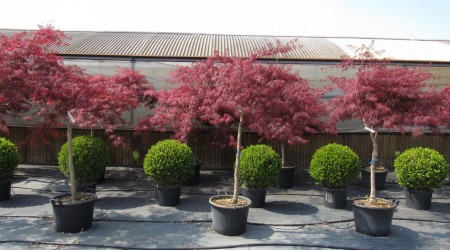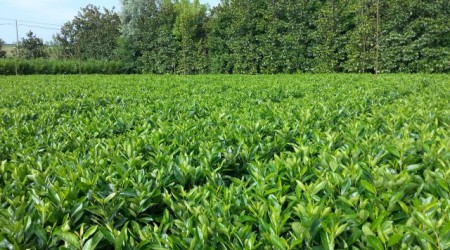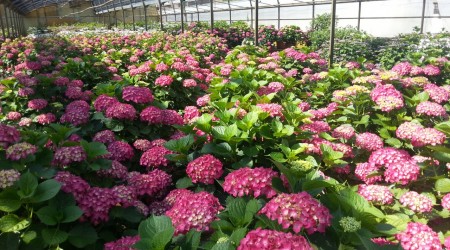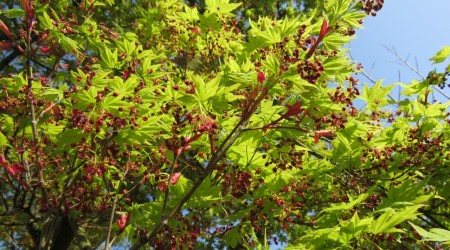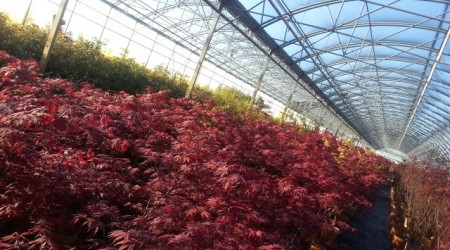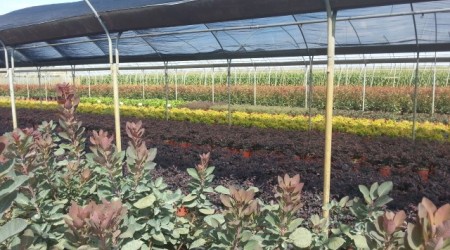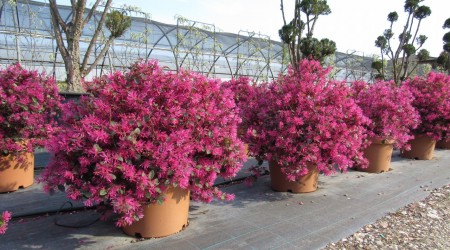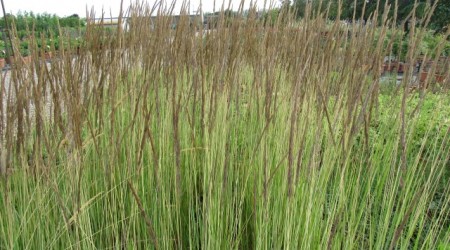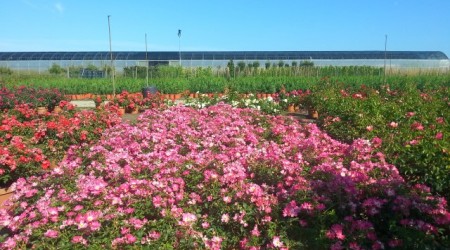Features and uses:
Pomegranate or Punica Granatum belongs to the Punicicae family, originally from India but present since ancient times in Mediterranean regions.
It is a shrub, but can also be a small tree, generally reaches 2-3 m high; There are varieties suitable for the production of fruits and ornamental varieties defined as "Flower Pomegranate".
The leaves of the Punica Granatum are deciduous, appear in spring of brilliant green color, they are small, elongated, smooth and full edge. At the end of autumn they assume the typical colors of yellow. The bark is clear, very rough and the branches are dense and a bit messy. Over the years, the branches become blurry and take contorted forms, making the plant very ornamental even in winter.
Between May and June blooms orange blossoms - bright red, with tubular shape and have about 3-4 petals.
The fruits are spherical, with autumnal ripening, called Pomegranate (which in Latin translates apple with seeds). Pomegranate is a fruit of a very hard, crunchy, full-bodied red color. Inside there are ruby red seeds, very tasty and used in both the kitchen, the herbalist and the medicine.
It is a very long plant and over the years has become the protagonist of many gardens, thanks to its vibrant colors and its contorted ramifications. It is planted with stumpage, then with the ramifications that leave from the base, or tree-lined, with the free shaft from the branches and the hair on top. The specimens are used in the center of flower beds, both in private gardens and in public benches.
While the varieties of dwarf pomegranate are used in pots to decorate terraces or to make borders.
